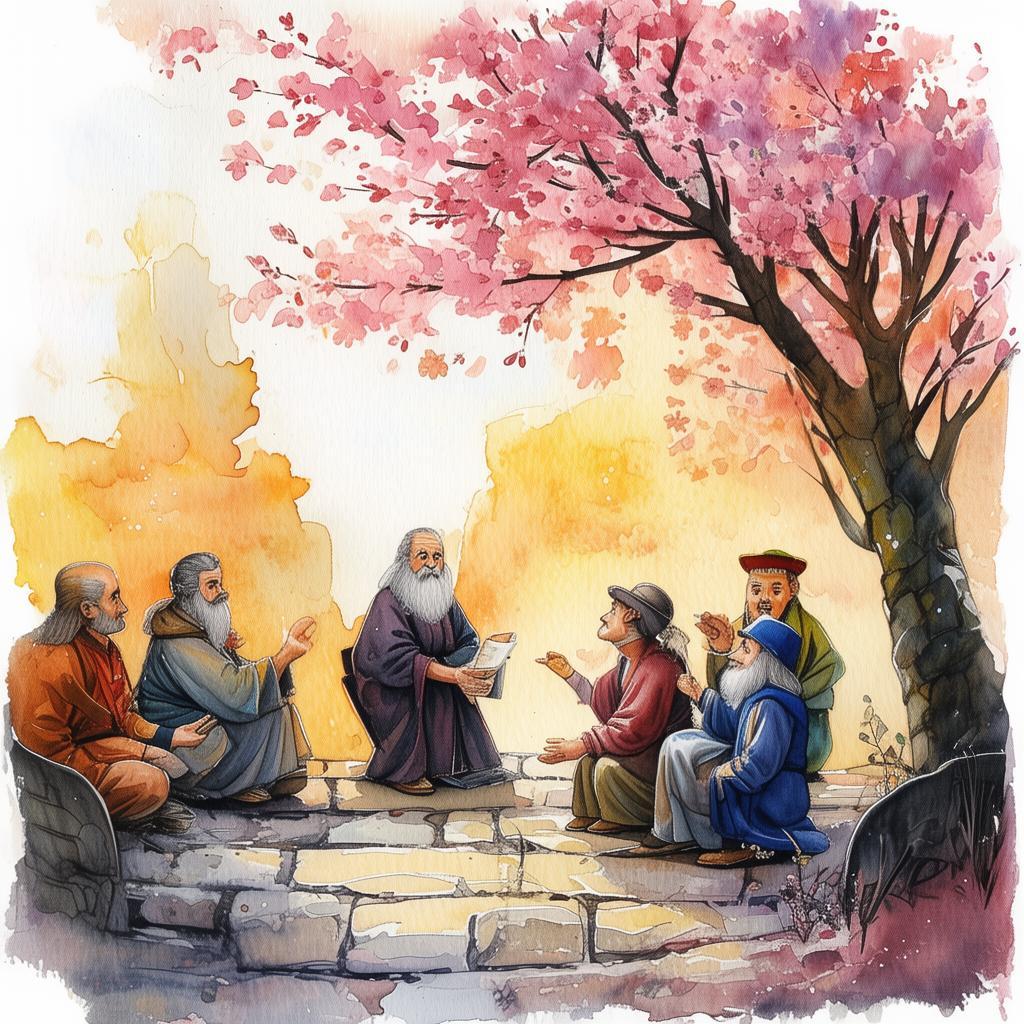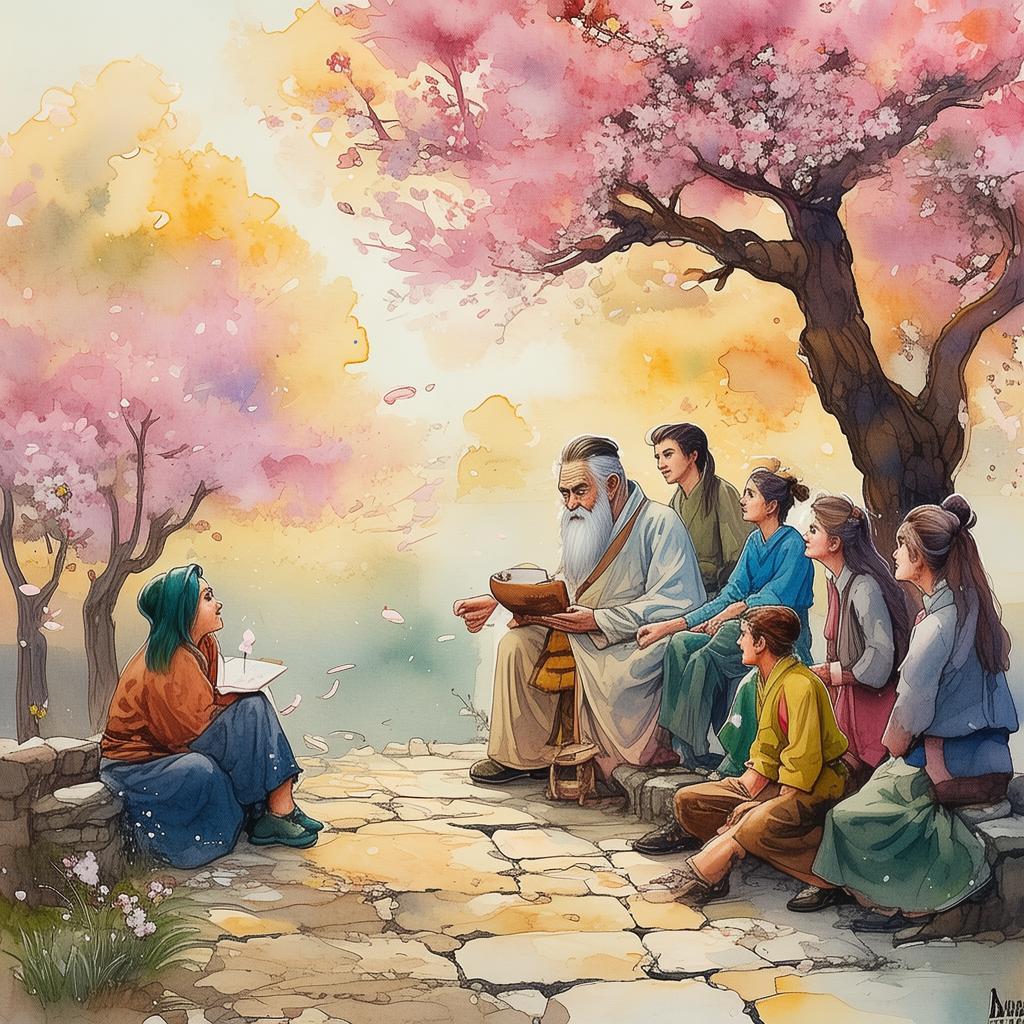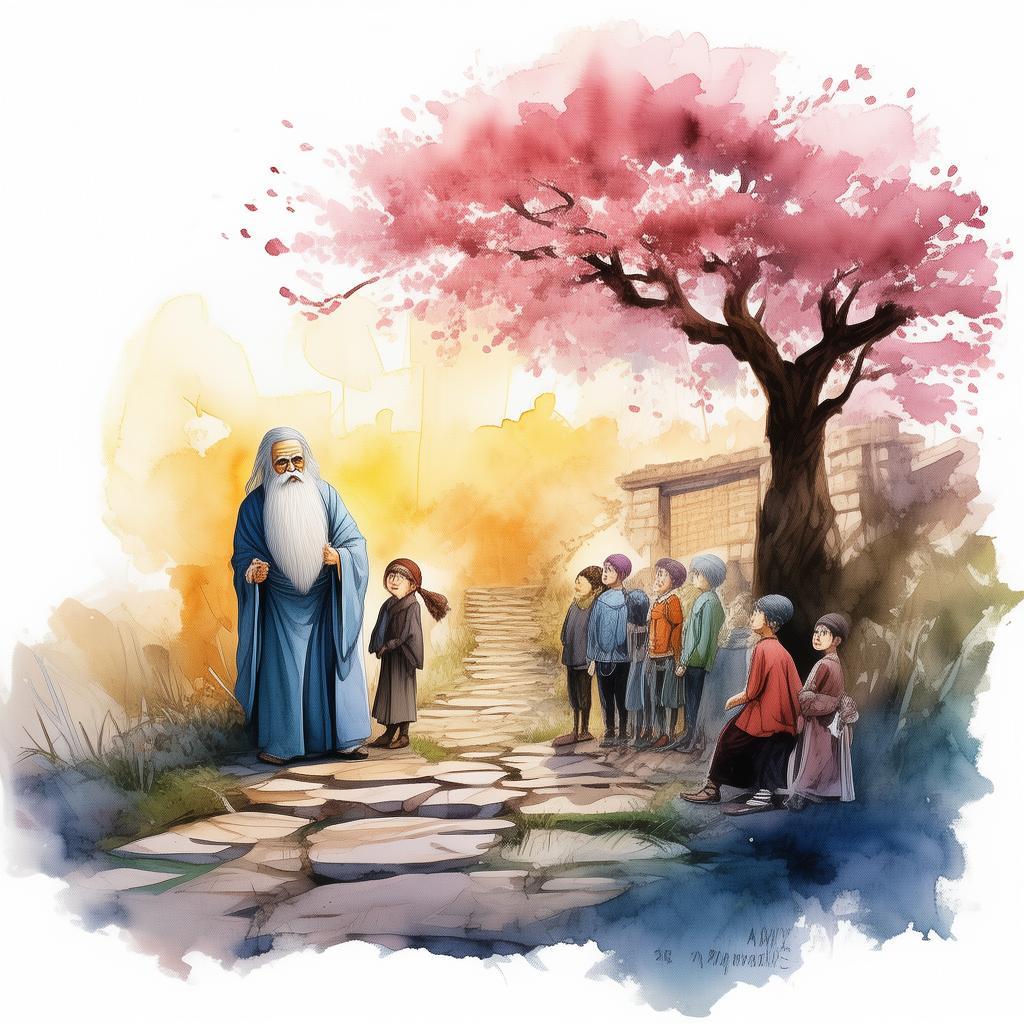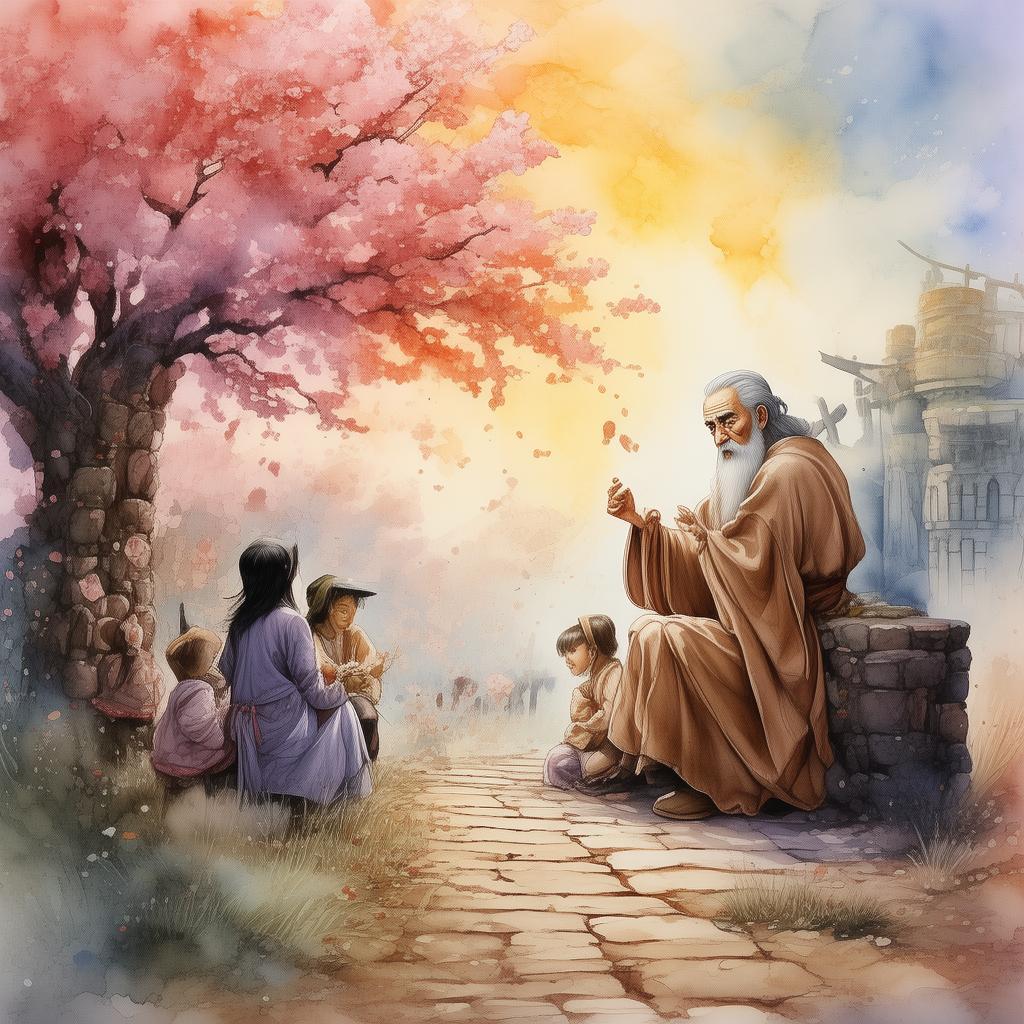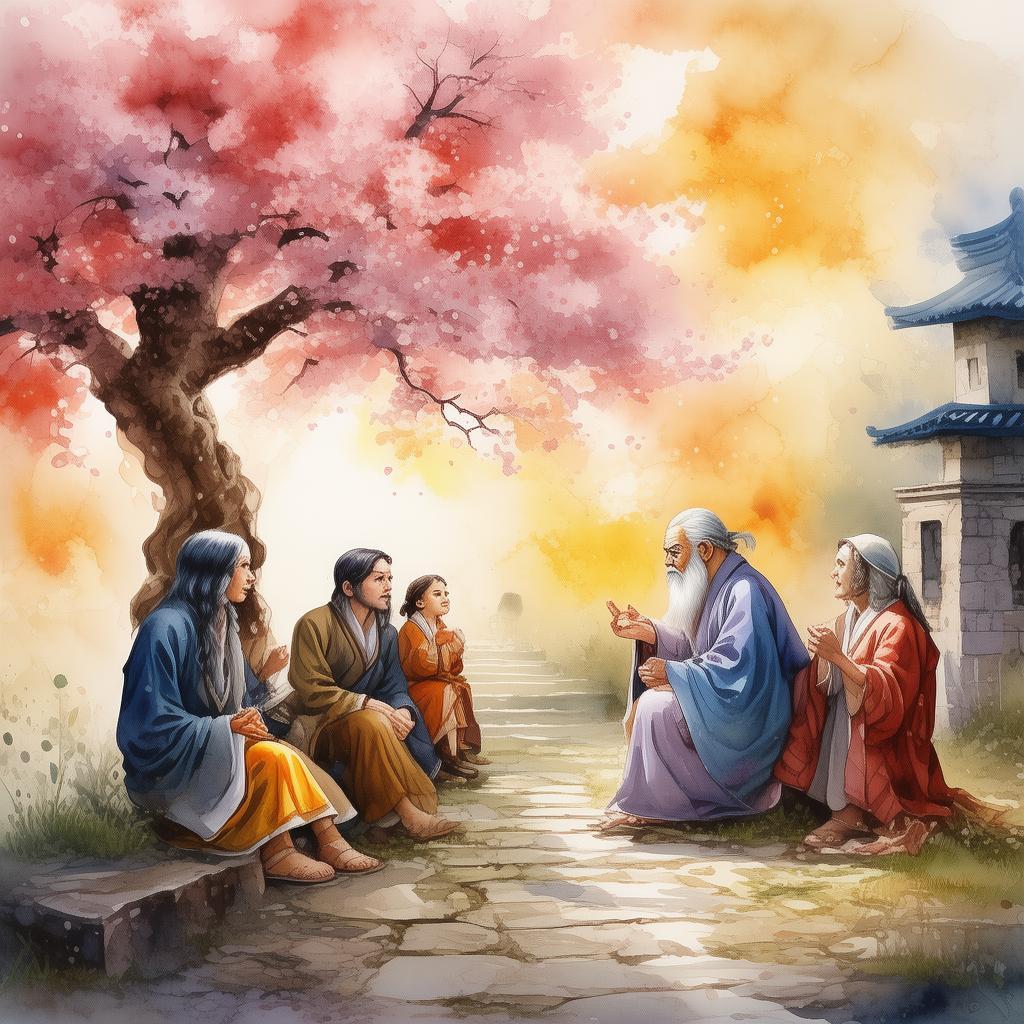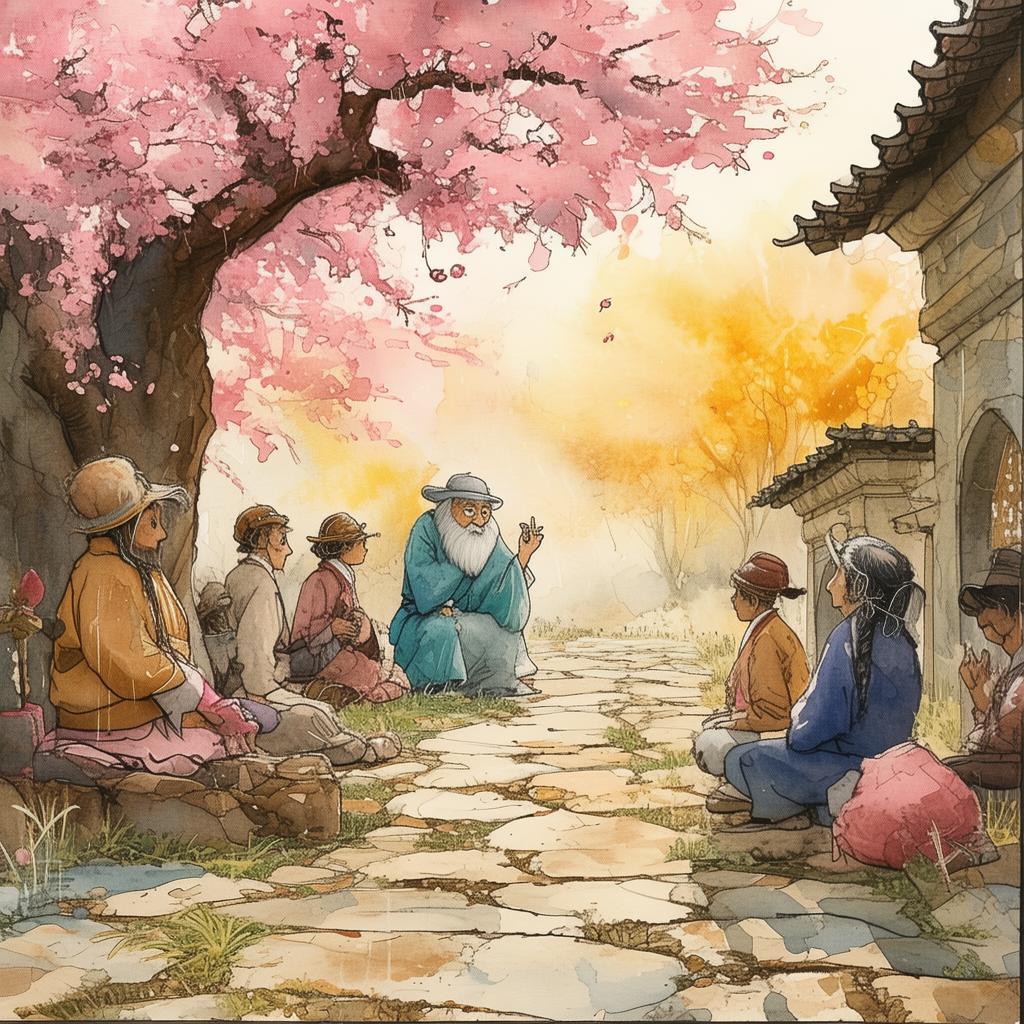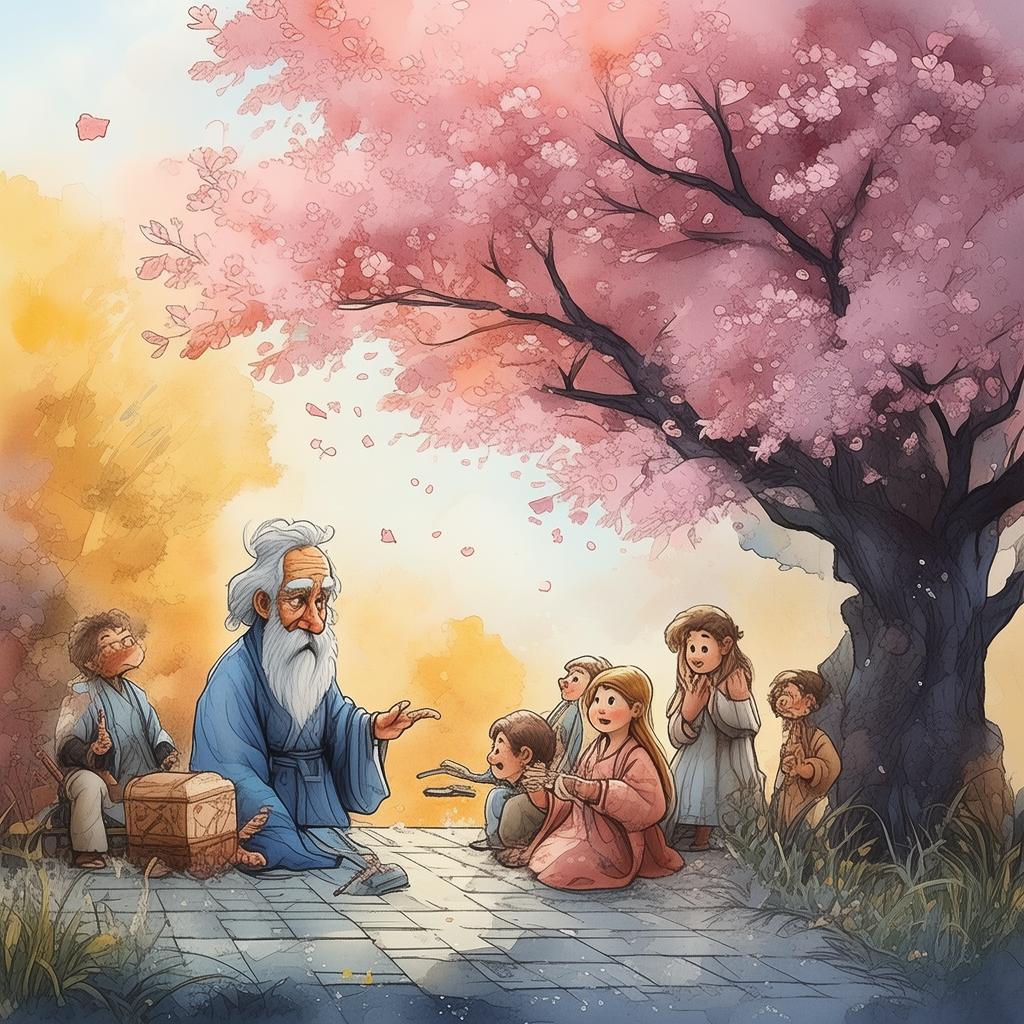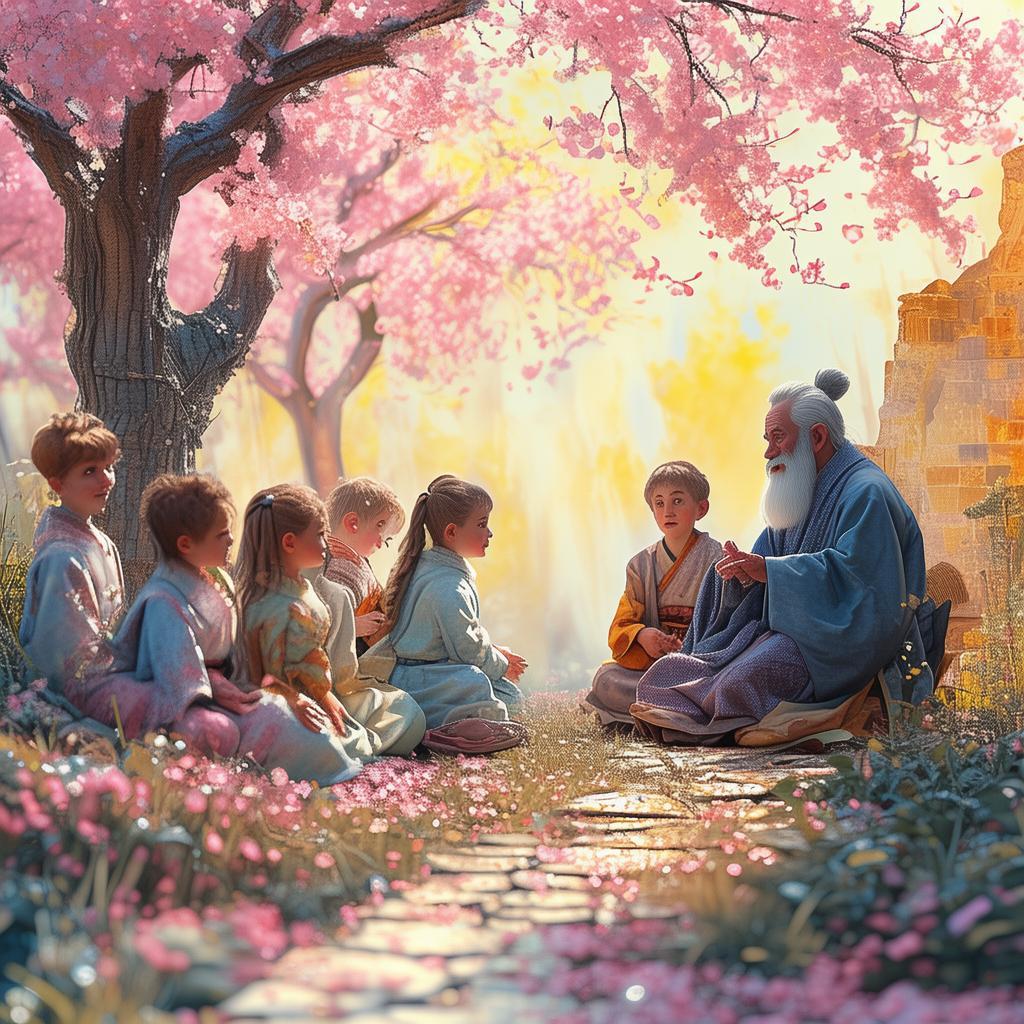The Racial Divide: A City's Awakening
In the bustling metropolis of Neo-Lumina, where towering skyscrapers kissed the clouds and neon lights painted the night, a new generation was emerging. The city was a mosaic of cultures, languages, and dreams, but beneath the gleaming surface lay a ticking time bomb of racial tensions. Among this mosaic were two teenagers, Jin and Wei, whose lives would be forever altered by the city's rapid growth.
Jin, a bright-eyed, ambitious high school senior, was the son of immigrants who had come to Neo-Lumina seeking a better life. He had grown up in a community that was a microcosm of the city's diversity, but he was beginning to notice a shift. The newcomers, the "urban uprooters," were different. They were aggressive, materialistic, and seemed to care little for the history or struggles of the people who had lived there for generations.

Wei, Jin's childhood friend, was a first-generation American whose parents had been part of the original wave of immigrants. Wei's family had weathered the storms of discrimination and prejudice, and he had grown up with a deep-seated understanding of the city's racial complexities. He was a dreamer, a poet, and a leader among his peers, but he felt the weight of his heritage like a chain around his neck.
As the city expanded, so did the conflicts. The urban uprooters were buying up land and pushing out the old residents, causing displacement and resentment. Jin and Wei found themselves at the heart of the controversy when a new shopping mall was proposed to be built on the site of a historic community center.
The conflict escalated quickly. Jin, who had always been a peacemaker, found himself at odds with his friends who were more radical in their approach to fighting the proposed development. He argued for dialogue and understanding, while others called for protest and confrontation.
Wei, on the other hand, felt a growing divide between his identity as a proud son of immigrants and his role as a leader among his peers. He struggled with the idea of being seen as part of the old guard, while also feeling the pressure to lead his community forward.
One evening, as Jin and Wei walked home from school, they stumbled upon a protest that had spun out of control. Rocks were flying, and tensions were high. Jin tried to calm the crowd, but his words fell on deaf ears. It was then that Wei, in a moment of inspiration, stepped forward to address the crowd, his voice resonating with the pain and hope of his community.
As Wei spoke, the crowd fell silent, and a new dialogue began. Jin realized that the conflict was not just about the mall, but about the very soul of their city. He understood that the answer lay not in confrontation, but in finding common ground and a shared vision for the future.
The story of Jin and Wei's journey is a testament to the power of understanding and the resilience of the human spirit. It is a story of a city's awakening, a story of hope that in the face of division, unity can still be found.
The Racial Divide: A City's Awakening is a viral short story that delves into the complexities of urban growth, racial tensions, and the coming-of-age of two teenagers. It is a story that will resonate with readers, spark discussions, and leave a lasting impact on all who read it.
✨ Original Statement ✨
All articles published on this website (including but not limited to text, images, videos, and other content) are original or authorized for reposting and are protected by relevant laws. Without the explicit written permission of this website, no individual or organization may copy, modify, repost, or use the content for commercial purposes.
If you need to quote or cooperate, please contact this site for authorization. We reserve the right to pursue legal responsibility for any unauthorized use.
Hereby declared.
